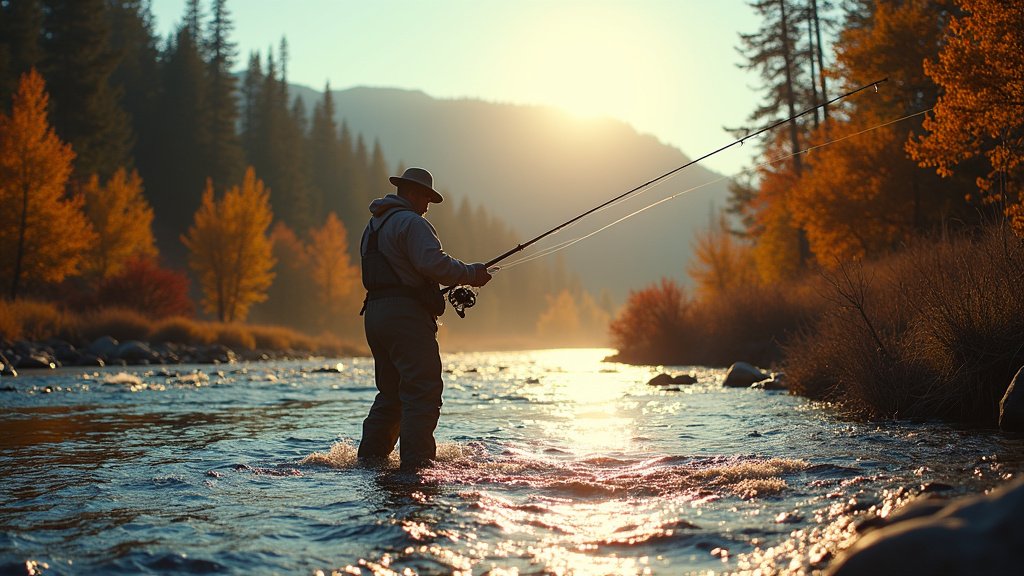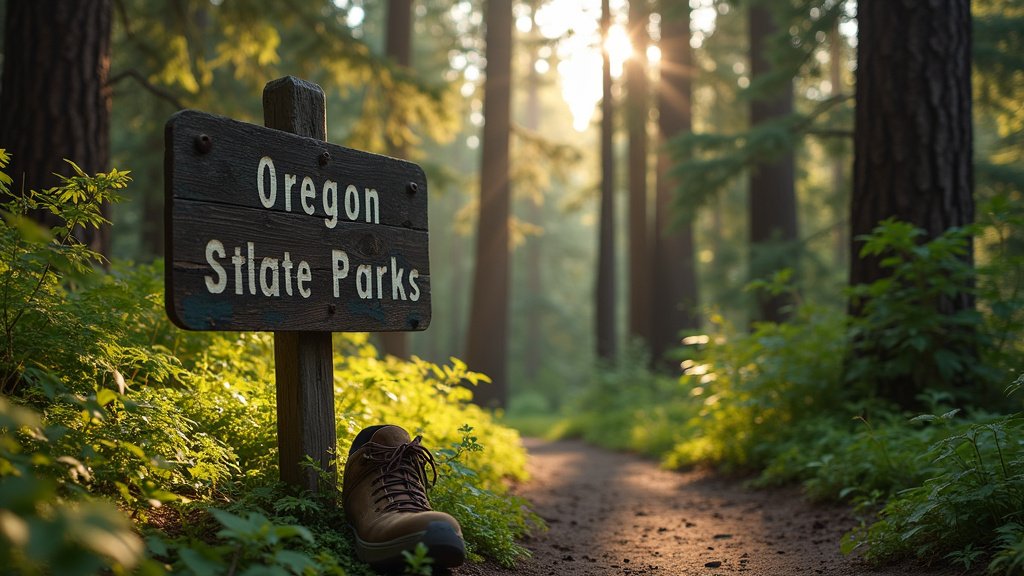Anglers across Northeastern Oregon are abuzz with unexpected news: the upcoming 2025-26 fall steelhead season is now predicted to be potentially stellar, a dramatic reversal from earlier, more pessimistic forecasts. This shift in outlook offers a significant boost to the region’s fishing community and highlights the dynamic nature of fisheries management.
A Promising Turn in the Forecast
Just weeks ago, the Oregon Department of Fish and Wildlife (ODFW) district fish biologist Kyle Bratcher had advised anglers to prepare for a season of “futility.” However, recent checks of fish passage charts have revealed a surprising increase in steelhead numbers, prompting Bratcher to revise his prediction. He now suggests that the 2025-26 run could be the best for Northeastern Oregon since the 2015-16 season. This encouraging news is a welcome development for those who enjoy the challenge and beauty of steelhead fishing in the region. ODFW fish biologist Jeff Yanke and his son were recently seen with a native-born steelhead from the Grande Ronde River, further underscoring the positive change in sentiment.
Understanding the Migration: Dam Counts and Predictions
The journey for these ocean-going rainbow trout is arduous, beginning their upstream migration in the Columbia River. Initial data from Bonneville Dam, where thousands of hatchery steelhead are equipped with tiny sensors, showed a significant increase over preseason projections. While the initial wild steelhead forecast for the Columbia River was 17,000, actual counts at Bonneville Dam surged to 48,000. For a more refined prediction specifically for rivers like the Grande Ronde, Wallowa, and Imnaha, wildlife officials are closely monitoring counts at the Lower Granite Dam on the Snake River, located over 250 miles upstream from Bonneville. A more precise forecast is anticipated by late September, once more fish have passed this crucial checkpoint. Anglers can explore the nuances of the run, with most steelhead expected to be 1-salt fish, typically ranging from 23 to 25 inches, while larger 2-salt steelhead are projected to make up less than one-third of the return.
Conservation at the Forefront: Wild vs. Hatchery Steelhead
This season, which officially opens on September 1st and runs through April 30, 2026, comes with important regulations aimed at protecting wild steelhead populations. Anglers are permitted to keep up to three hatchery-raised steelhead per day, identified by their clipped adipose fin, a small, fatty fin near the tail. Crucially, all wild steelhead must be released unharmed. While the projected returns for wild fish are positive compared to recent years – with approximately 8,000 wild steelhead estimated for the Grande Ronde River and about 2,000 for the Imnaha – these numbers are still a significant distance from historic abundance levels. This underscores the ongoing need for robust conservation and recovery efforts in the Columbia River Basin.
Broader Context and Ongoing Efforts
This localized positive outlook for Northeastern Oregon fall steelhead stands in interesting contrast to broader, initially more conservative forecasts for upriver summer steelhead in the Columbia River basin for 2025, which indicated a very poor return and necessitated conservative retention regulations. Such discrepancies highlight the complexities of regional fisheries management and the varying factors influencing different runs and populations. Agencies like the ODFW, along with the Confederated Tribes of the Umatilla Indian Reservation, the Nez Perce Tribe, and the Idaho and Washington Departments of Fish and Wildlife, work collaboratively on conservation and recovery plans, addressing legal requirements under the U.S. Endangered Species Act and Oregon’s Native Fish Conservation Policy. These efforts include broodstock collection to foster earlier runs and habitat restoration projects, critical for maintaining and rebuilding these iconic fish populations.
Ready to Reel Them In
The unexpected abundance of fall steelhead presents a renewed sense of optimism for anglers in Northeastern Oregon. With the season underway, it’s an excellent opportunity to explore the pristine rivers of the region and enjoy what promises to be a memorable fishing experience. However, adherence to regulations remains paramount to ensure the long-term health and sustainability of both hatchery and wild steelhead. This season’s promising turn offers a hopeful reminder of nature’s resilience and the impact of dedicated conservation work.




